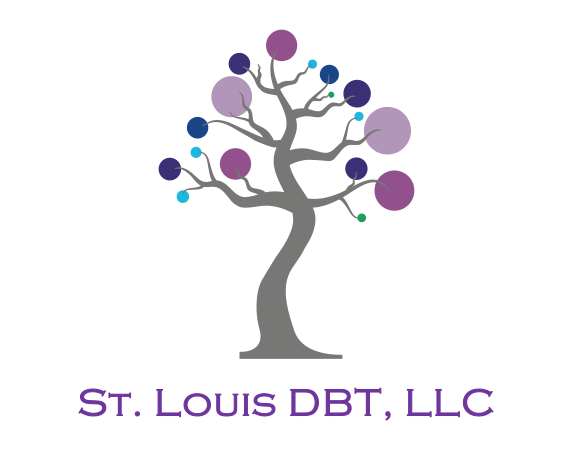Debunking DBT Therapist Myths
Being a DBT therapist is rewarding, it's hard work, and forgiving. When I chat with other mental health professionals, social workers, and counselors, a lot of them react in a way, to DBT, that I find curious.
I’m here to debunk the myths that follow DBT, and tell you why being a DBT therapist rules.
You get the support of a team
Being a DBT therapist means I get the privilege of being on a consult team. A consult team is a team of other DBT therapists, coming together to support one another. Marsha Linehan (the creator of DBT), believed that DBT therapists need support (and we agree).
Consult allows us therapists to talk about client situations where we are feeling stuck. When we share our current situations, other therapists can offer interventions for us to get unstuck. Other therapists can also validate how we feel about certain clients.
How nice is it to feel validated by other clinicians that face the same problems as you?
In addition to discussing client cases, in consultation team, we also discuss ourselves. We hold each other accountable to using the DBT skills, being the best therapists we can be, and, in some cases, we provide therapy for one another in consult.
The duality of being a human and a therapist
Imagine if your job had a policy that stated it's OK to make mistakes from time to time because you're human. How relieving would that be?
We have a therapist agreement that we, as clinicians, abide by called the Fallibility Agreement. I like to tell my clients that this is the therapists are jerks agreement.
On one hand, this agreement states that we are clinicians and humans that will make mistakes. On the other hand, the fallibility agreement states that us therapists have probably engaged in behaviors that some of our clients are struggling with.
By accepting our fallibility agreement, we can learn to forgive ourselves and when mistakes are made, because inevitably, mistakes will be made.
Structure and Flexibility
DBT, unlike most therapy modalities, thrives off structure. Clinicians have a hierarchy of needs that need to be met in every session of DBT. This means that there's no lesson planning involved, just looking over a diary card will formulate your current session.
DBT is also flexible. We bend and shape DBT to meet the clients where they are. Us therapists learn how to balance both the structure and the flexibility DBT offers. Great DBT clinicians embrace the presence of balance, constantly dancing between the guidelines of DBT and meeting the clients where they are.
Your life, on DBT
DBT changes not only your client’s life but a clinician’s as well. By teaching the DBT skills to your clients, you'll start to notice that you're teaching the DBT skills to yourself also. When this starts to happen, you're going to start integrating them into your own daily life. How great is that? I have talked with so many DBT clinicians who say that DBT has changed their lives.
To piggyback on this, as you teach your clients about mindfulness, it will transfer over into your daily life.
Mindfulness allows us clinicians to observe and approach with curiosity.
In a study completed in 2020, researchers found that, “Mindfulness has been shown to improve healthcare worker’s life satisfaction, resilience to stress, professional quality of life, self-compassion, trait mindfulness, compassion and general well-being,” (O’Connor, O’Doherty and Hedderman 2020). There’s no better way to help your clients than taking care of your own self.
My last point, and possibly the most important, is about our clients
DBT gets this reputation where we only work with suicidal patients. This is far from the truth.
Yes, DBT was created for those who are highly suicidal or engage in self harm behaviors. DBT is also effective for those who are suffering from depression, anxiety, OCD, you name it. Not every client we see will have a BPD diagnosis(which is mostly misdiagnosed, but we won’t get into that). The range of clients DBT can help is massive.
I hope that in the future, more clinicians can understand that being a DBT clinician doesn’t have to be scary. It’s a supportive, thriving environment where clinicians can really learn about themselves and help others. I hope that this blog has debunked any myths you may have heard about DBT. And maybe now, you’ll be able to approach DBT with curiosity.
